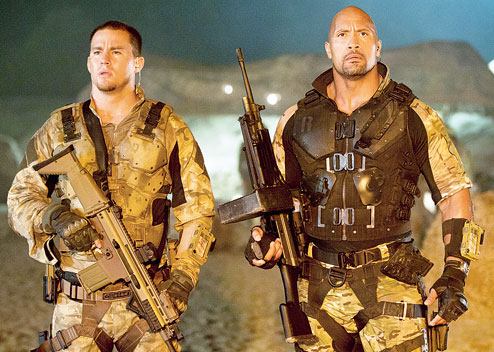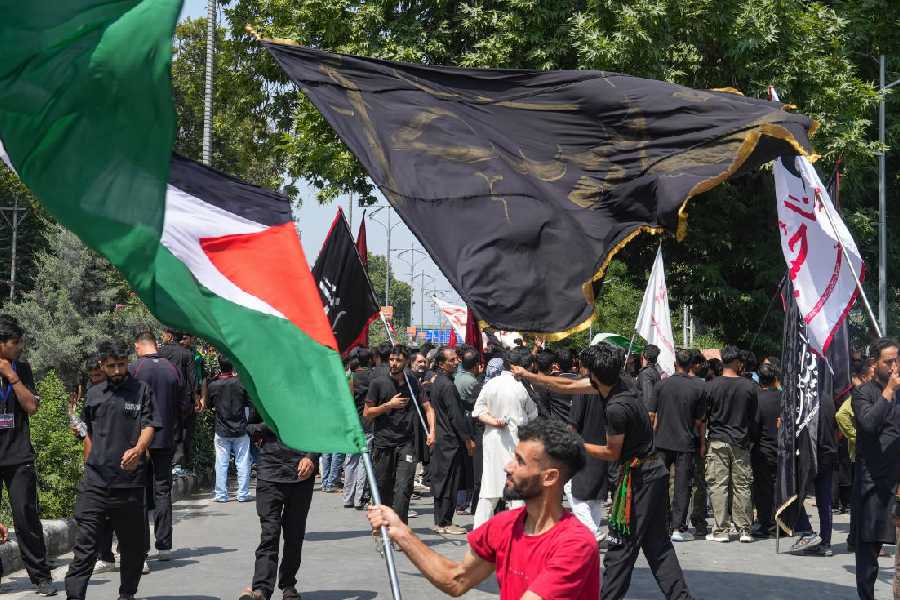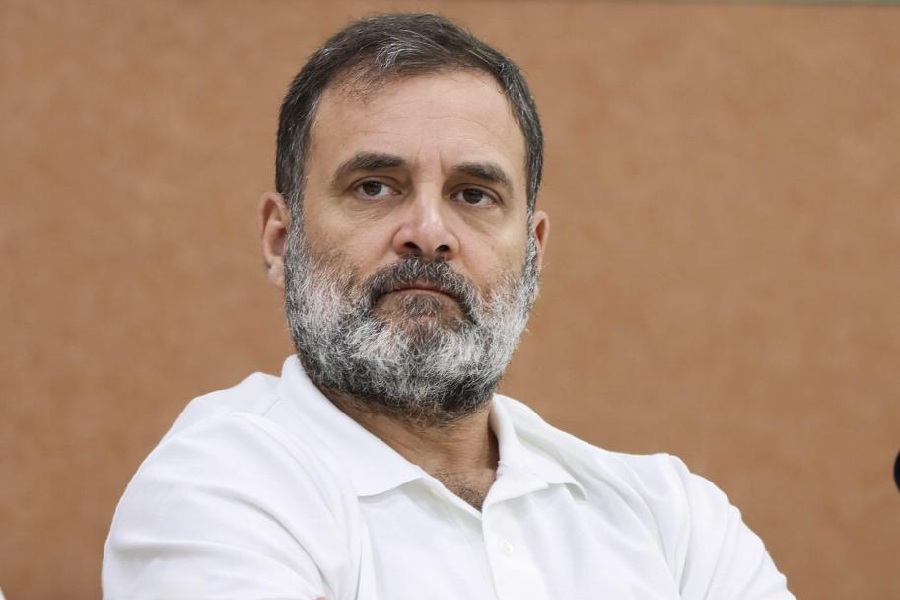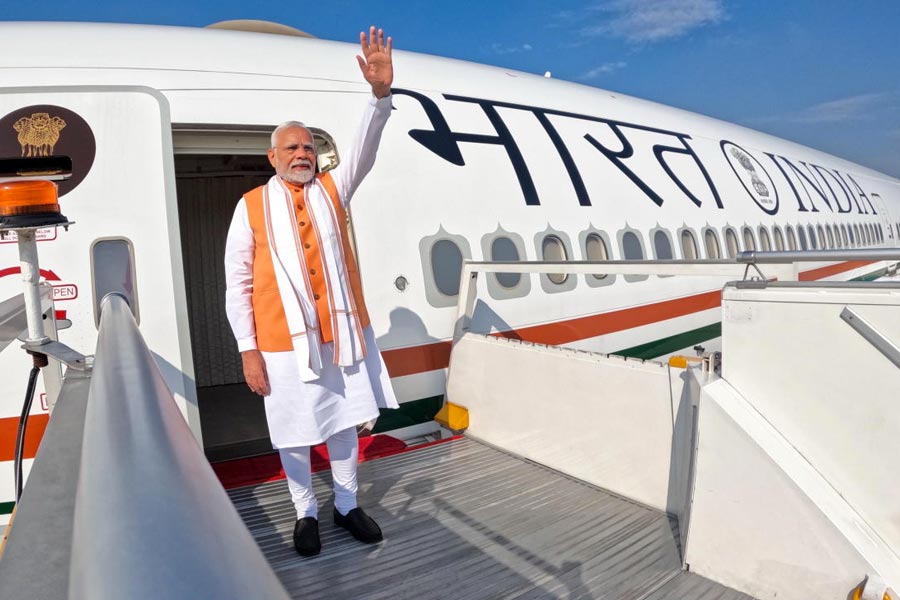 |
| Channing Tatum and Dwayne Johnson in G.I. Joe: Retaliation |
Every summer Hollywood lines up these toys-to-cartoon-to-live action movies and I keep telling myself that I will not watch any of them, till, of course, I actually succumb. Often.
Last Friday I found myself watching the second live-action instalment of the G.I. Joe series, G.I. Joe: Retaliation. Every bit a cheesy and badly edited action flick, it stands out, surprisingly, for its depiction of certain geopolitical undercurrents and conspiracy memes in an otherwise wafer-thin action plot.
For starters, G.I. Joe: Retaliation doesn’t only centre around the comic/cartoon series line of “Real American heroes” saving the world (from Russians or aliens), but portrays a much darker America that must save itself from itself. The prime mover is the replacement of the real US president (Jonathan Pryce) by Cobra mole Zartan (Arnold Vosloo), something that happened in the climax of the last movie G.I. Joe: The Rise of Cobra.
For those who came late, Cobra is a shadowy criminal-terrorist organisation with serious techno-industrial capability and its influence runs deep enough to incarcerate the real president, slap him around, as well as replace the real Secret Service. Talk about penetration of the US government by special interest groups and corruption in high places!
Anyway, the imposter president unleashes G.I. Joe to secure Pakistan’s nukes after the Asian country falls into chaos following the assasination of its president, in retro-Bushesque fashion. This is very much in keeping with analyst predictions about stock US plans to get Pakistani nukes in the event of state collapse.
However, the G.I. Joe deployment for this mission reveals that all attempts to multilateralise G.I. Joe, as shown in the last film, have been dropped, and the organisation has reverted to being a “hyperelite” US-only show. None of the non-US operatives of G.I. Joe recur in this movie. Indeed, the only “Joes” from the last movie who make an appearance are Duke (Channing Tatum) and Snakeyes (Ray Park), both Americans.
Tatum, who had the lead role in the last film has a vastly reduced reel lifespan in this one. Apparently his role was even shorter, and this was not liked by fans during test-screenings and subsequently led to extensive re-shooting, and the release of the film getting delayed by a year. One suspects that this is probably behind the bad editing and irrelevant sequences in the film, for instance, the pointless extraction from North Korea in the beginning, which features Tatum.
Nevertheless, Duke’s death during an elimination strike ordered on the Joes by Zartan right after they secure Pakistani nukes paves the way for the main protagonists of the film to receive the screentime they need, led by Roadblock (Dwayne Johnson) and supported by Lady Jaye (Adrianne Palicki) and Flint (D.J. Cotrona). The three survivors brave the “Indus Valley desert” to make their way back to the US, possibly hijacking a Pakistan Air force (PAF) plane. Strangely, even though Pakistan’s rapidly proliferating nuclear warhead holdings are all to be found in a warehouse controlled by Taliban types, implying total state failure, the PAF is still flying around.
General Khalid Kidwai’s Strategic Plans Division, which oversees Pakistan’s nuke arsenal, isn’t as durable as one would think. Prior to total collapse, the Pakistanis seem to have done a splendid job miniaturising their warheads (which typically weigh a few hundred kgs), given that a single soldier is able to lug them around like beer kegs.
Simultaneous action takes place with the Cobra Commander being freed from an underground prison in Germany by Cobra operatives Storm Shadow (Lee Byung-Hun) and Firefly (Ray Stevenson). Storm Shadow, who was there in the last film, is however wounded badly and his treatment occurs in a Himalayan monastery that sets the stage for a parallel plotline involving Snakeyes and Storm Shadow’s past with the Arashikage Ninja Clan (an important component of the G.I. Joe comics universe).
Back in the US, the G.I. Joe survivors regroup to avenge their comrades’ deaths while realising that the US president is an imposter. For their fightback, they enlist the help of the “original” Joe, General Joseph Colton played by a high-on-adrenaline (and cholesterol) Bruce Willis whose doorbell might just ring “yipeekiyay motherf*****”.
The General’s personal weapons cache is veritable gun porn, featuring the world’s leading small arms manufacturers, notably Heckler and Koch, Fabrique Nationale and Colt. No Kalashkinov’s please, that’s Cold War tech (as spelt out during the film), fit only for the Taliban types. Although that doesn’t stop Roadblock from putting to effective use his signature weapon — a WW II Browning heavy machine gun.
The film climaxes with the Cobra-controlled American presidency holding a nuclear summit with the world’s other nuclear powers (sans Pakistan, of course) that gives new meaning to the timetable for “global zero”. The summit is subsequently hijacked by Cobra Commander, who uses the opportunity to announce the Cobra revolution and unveil Zeus, a constellation of space-based kinetic bombardment satellites that now hold the greatest deterrent power in the world. Incidentally, what is depicted in the movie is based on an actual concept explored by the Americans under Project Thor and is sometimes referred to as “rods from god”, although its purported effects will be very different from what is shown in the movie.
The choice of target for demonstrating Zeus is interesting enough — London, the world’s repository of financial data. Most concerned by London’s destruction is a very Tharoorish Indian prime minister, who looks like he might just tweet the command for launching India’s nuclear arsenal. Even as the Joes close in, plans are set in motion to use Zeus to strike America’s emerging rivals, India and China. Given that America owes both a good deal of money, the “Cobra revolution” could be seen as an innovative way of retiring America’s foreign debt!
Author Saurav Jha is a commentator on energy and geopolitics










